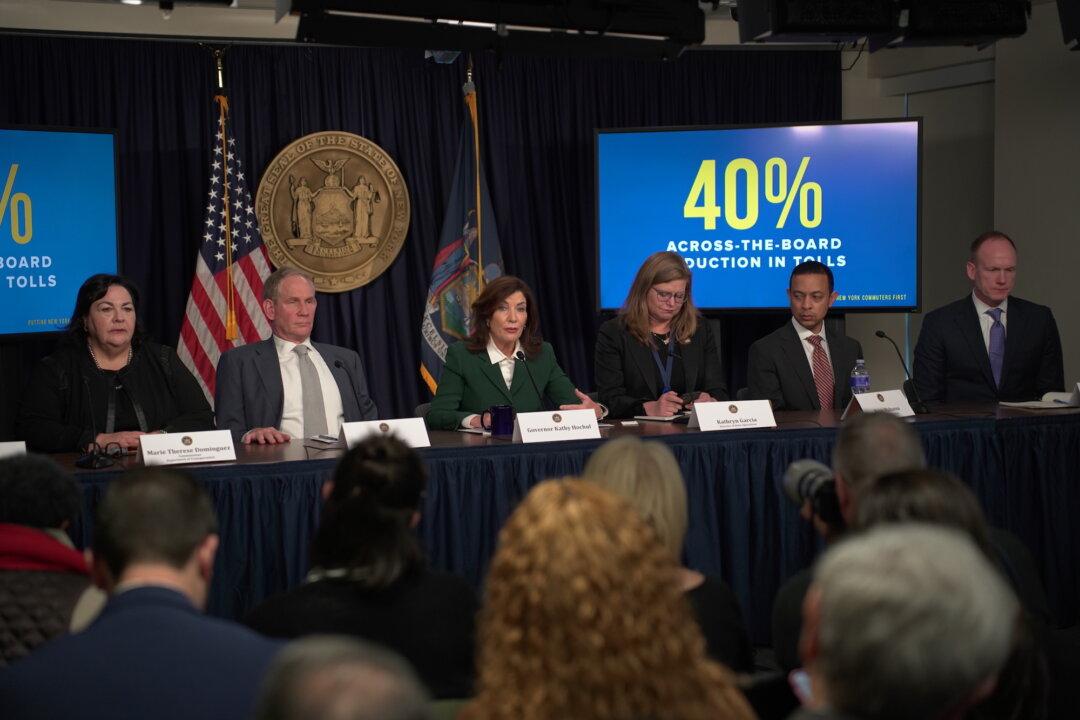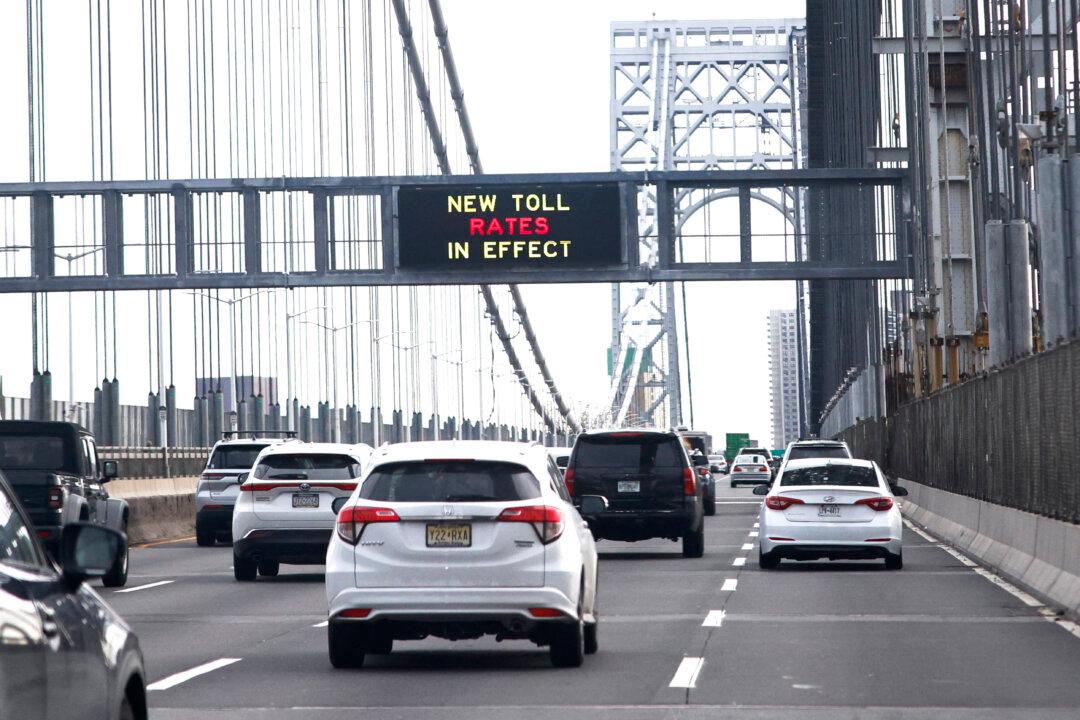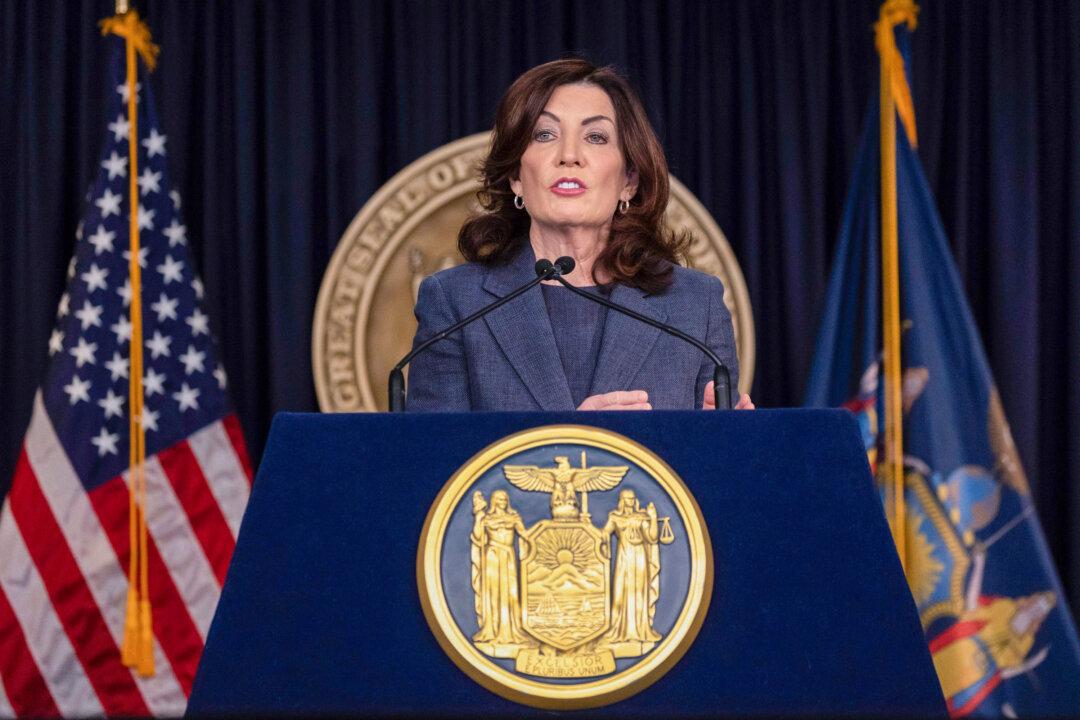NEW YORK CITY—After months of legal wrangling over the issue, New York Gov. Kathy Hochul announced on Nov. 14 that she has decided to remove the pause she placed on congestion pricing in New York City and that implementation of the program, with $9 tolls instead of the $15 originally envisioned, will begin on Jan. 5, 2025.
Drivers who enter Manhattan below 60th Street will pay the fees, in addition to any other standard tolls and expenses, in order to help the city qualify to receive $15 billion worth of bonds to finance far-reaching upgrades to public transportation. In theory, the policy aims to relieve air pollution as commuters seek out alternatives to driving to work.





